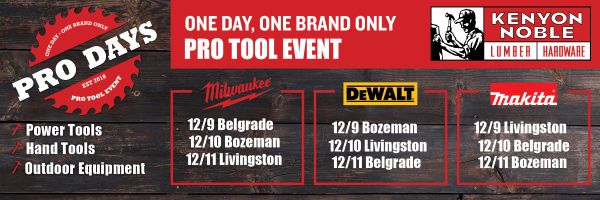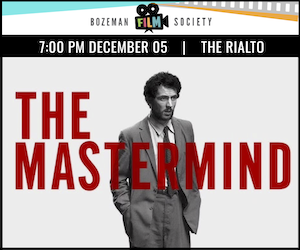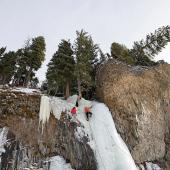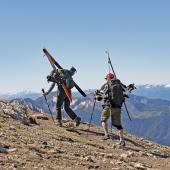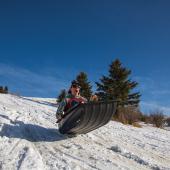Planting Time
Transforming a plot of land from rocks to riches.
The fallow plot had become a haven of weeds and rogue sapling trees. I scrutinized the early spring dirt, kicking a frozen clod. Still renting, but longing to plant a garden, a friend had offered me the use of a once-cultivated 20-by-40-foot space in his backyard.
The land in his neighborhood used to be a gravel pit. Fill was layered on top before the development went in a couple decades ago, but the earth was still regularly sweating out fist-sized stones. Stones and clay. Not only had I never planted in the mountain biome before, I had never planted in soil quite this pathetic.
“My roommate tried some peppers one year,” my friend said. “They kind of shriveled from the base up.”
The garden was my baby. Caring for it became a meditative act.
She had watered them, or so he thought. No mulch though. I imagined that the clay had ultimately formed a crust around the stems, choking the poor things. I was convinced there was a way around that. “I’ve seen worse,” I lied. “I’ll give it a try.”
I began my sketches and consulted with local gardening experts in late April. In May, a handful of friends helped with turning it over. Those who knew anything about soil quality wished me luck with a pat on the shoulder and a look of pity. It only fueled my insistence that I could get something to grow.
I decided early on to plant a third of it in annual rye, a cover crop to choke out the weeds and add some biomass. The rest would get finely powdered alfalfa meal worked in. With no viable seed in it, this was a quick way to add nutrition and green matter to the dirt.
Seedlings took root and snow peas germinated. By mid-summer, the wide rows were keeping the weeds at bay and I was spending more time in the hammock nearby.
After that first turning over at the start of the season, occasionally a buddy would stop by to heft a shovel or rake. But on a whole, the garden was my baby. Caring for it became a meditative act. I was taking massive business risks that year. My little borrowed dirt plot fast became a metaphor for resourcefulness, risk, and creativity. I would wield a shovel and plant yet another row, and think to myself: What will grow here? What will yield?
Diversity would be the key. Plant a little of everything, and see what comes up happy. And then, next year, plant only the things that thrive. I dreamed up a mix of beans, peas, potatoes, squash, cucumbers, lettuce, spinach, and of course, tomatoes. A friend-of-a-friend had started several tomato plants back when the snow was still deep. She couldn’t use all of them. Score for me.
Seedlings took root and snow peas germinated. By mid-summer, the wide rows were keeping the weeds at bay and I was spending more time in the hammock nearby. At harvest time, I shared a bumper crop of everything but spinach. How glad I was that I’d given the weed patch a chance.


